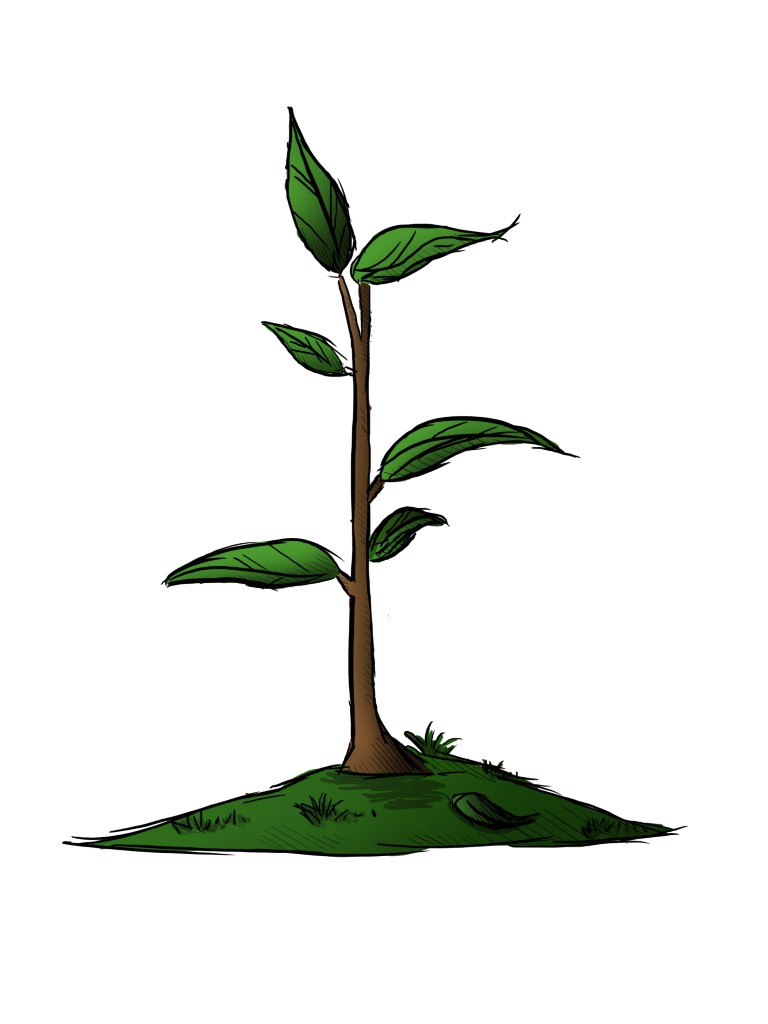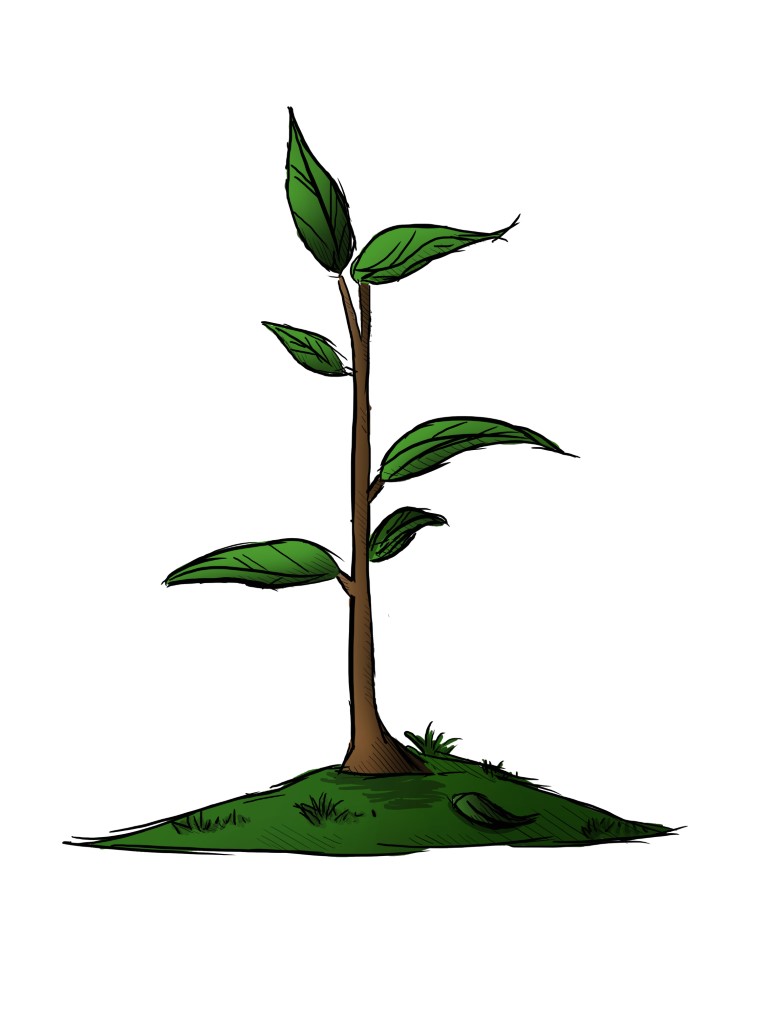A glimpse into the world of tree planting in the forests of the Pacific Northwest
By Alexis Zygan, Contributor
“There are not many things in this world that have made me cry but planting is one of them.”
For three months of the year, tree planters venture outside of the city limits to immerse themselves in nature. The work is physically demanding and not for the easily fatigued or in poor health. Tree planting is an escape from the commotion, claustrophobic city streets, and toxic air quality—an ideal fit for those who longingly gaze at the mountains lurking behind glass skyscrapers. Tree planting can be an excellent opportunity to get paid to work in nature if you are willing to exert yourself for 12 hours a day in the frigid rainstorms.

Danielle Adams is entering her fourth season as a tree planter this upcoming May and is following her aunt’s footsteps. After her first year of university, Adams considered guiding bike tours in France as a summer job. Instead, she found herself in Ontario planting trees. Although her laidback mindset did not result in significant earnings, the company provided all necessary equipment at a discounted wholesale price, which can be a hefty cost for those starting. “I met some phenomenal people and figured out how to plant and make money. It was very satisfying to quantify every movement and decision to cents while pushing my body past its point. I have an interesting yet twisted relationship with planting. At the end of the day, if you are not making money, the job is brutal.”
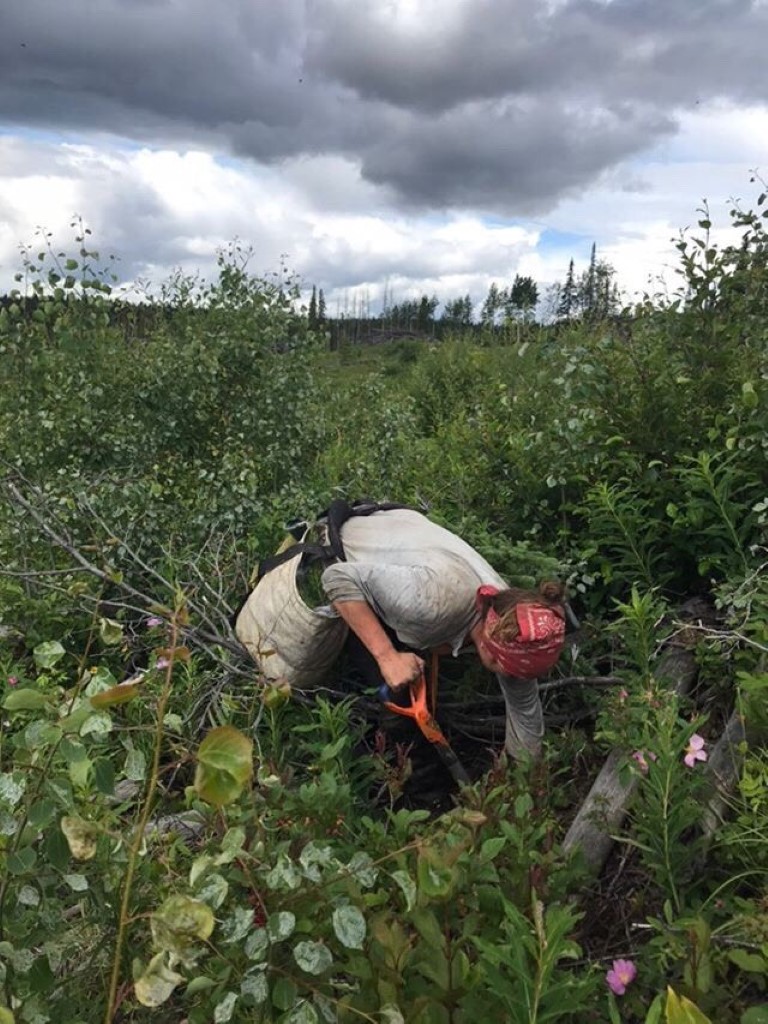
Tree planters can expect to pay around $25 a day for room and board when cohabiting. “Before I knew about tree planting, I wanted to try it out, which is stupid because had I known what it was I probably would not have wanted to do it right away, but I still ended up loving it anyway.” As a young kid, a group of dirty people radiating a free spirit walked past her, sharing that they were heading to Salmon Arm to work as tree planters for the season. At that point, she heard that tree planting could make you a lot of money. She went into it, expecting $10 per tree. Realistically, depending on the contract, tree planters get paid between 8 to 19 cents per tree planted. The pay depends on the land condition, factors like if the terrain is steeper, covered in debris, roots have been pre-pulled to form trenches, or if a prescribed burning was conducted by farmers. “In Williams Lake, there is not much schnarb [slang for crappy land], fallen logs, or decrepit debris, which makes a more straightforward process for planting more trees. The land is cheaper, but you can plant a lot more so you can still make good money in a day. I am by no means a high-baller; I am a happy mid-baller; a good day is about 2200 to 2500 trees. Some of my buddies put in 3000 in the daily and make really good money.” After working in the bush through spring and summer, Adams lives in the city until the next season.
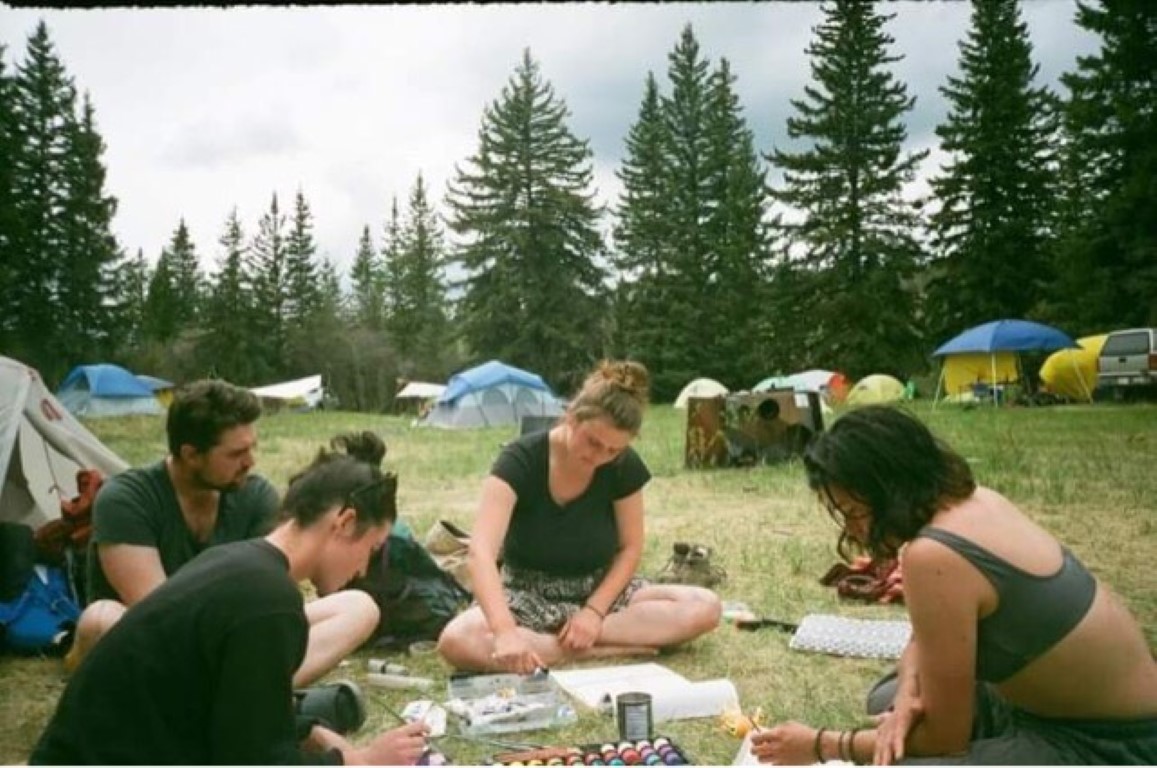
There are so many different reasons to plant trees and hire planters. Tree planting is not inherently a green career—although Adams considers herself to be an environmentalist. “A logging company employs me. There are a lot of contracts where you can get paid by Forest Forever to plant trees for reforestation and carbon offsets.” Trudeau spoke of an initiative to use the profit from Trans Mountain Pipeline to plant two billion trees over a decade. However, Nelsons News reports that the Liberal government has yet to include this expense in their 2030 budget. While planting in her first year in Ontario, they prepared the land by spraying chemicals. This is one of the several ecologically destructive practices used by the forestry industry. “You are replanting trees because there is actually a law in Canada that every tree harvested needs to put back. I ain’t no expert as I have a degree in illustration not forestry. Sometimes you are not planting the best tree for that area—maybe there are better ways to manage the forests and change how we do resource extractions,” she said.
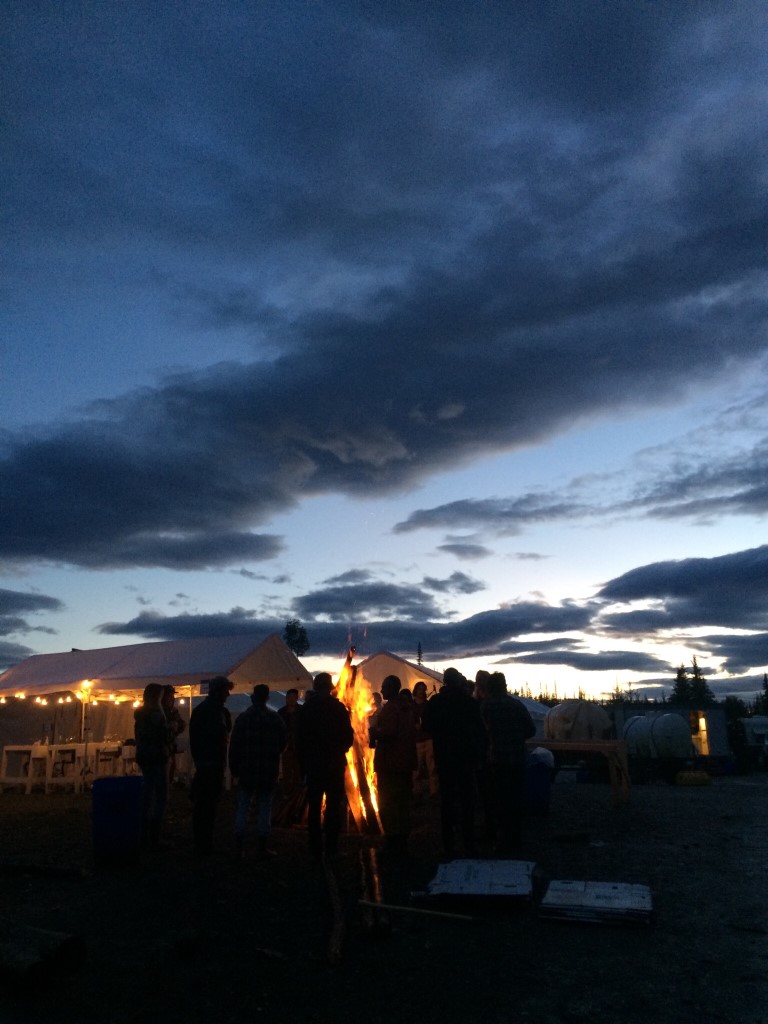
Adams’ athletic background means that emotional strength is her most significant obstacle. “There are not many things in this world that have made me cry but planting is one of them. I struggle with pushing myself to be better, faster, and stronger mentally.” On bad days she feels herself internally spiraling downwards. She lets out the waterworks, followed by a cathartic thunderous howl. “You feel this emotion wash over, then you get back up and keep planting.” The job demands long periods spent alone with your thoughts in the forest—a self-trust mindset is vital for those who want to succeed in this industry. During the summer season, tree planters encounter wasps that nest in the trees and return home with a myriad of bruises and stings. Hearing coworkers echo your screams of agony from the painful pricks kilometers away certainly makes you feel less alone.
Tree planting has given Adams a sense of freedom she could never achieve back in the city, and lasting friendships from cohabiting over the seasons. “When you are living with 60 to 70 other people, you eat and drink together. You form connections you do not make in the city as quickly.” Working outside is another one of the perks. Adams has felt herself grow as a person from living beyond societal pressures. “Body hair is a good example. Growing up in the city, women who have body hair are either protesting the patriarchy or are an unshaven mess. I began to see these women as beautiful and empowered in the bush, both feminine and strong.” When Adam returns home at the end of the summer, she reminisces on the memories of good times from the bush and looks forward to the next season. “You never remember how much it hurts; you only remember all the good times.”
